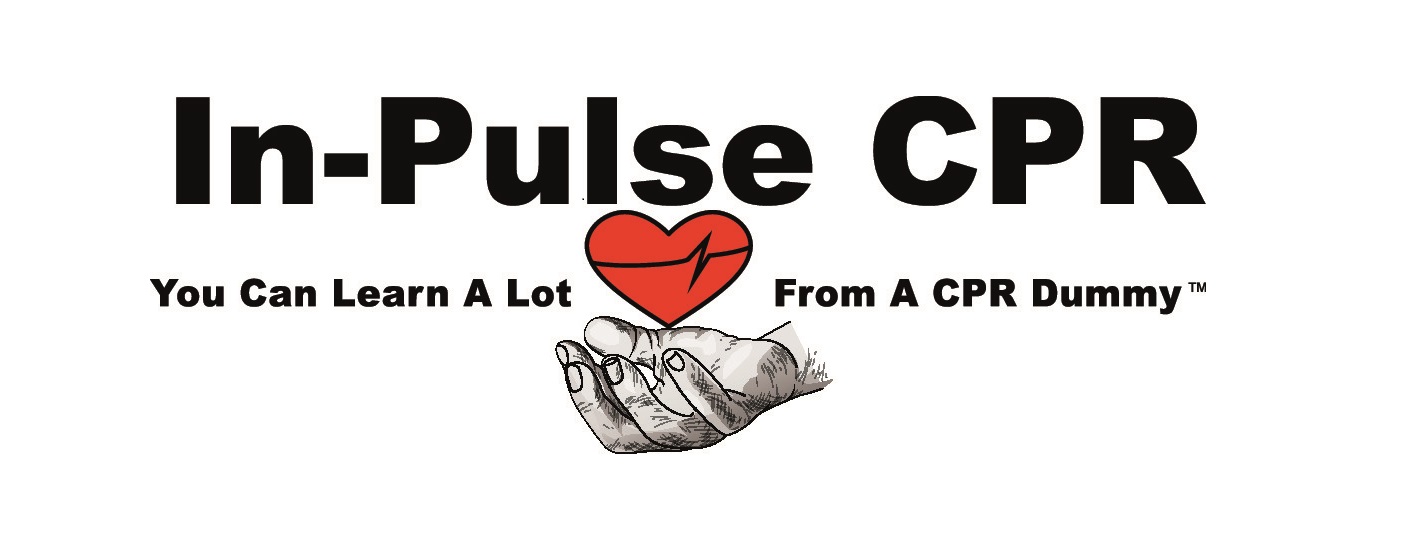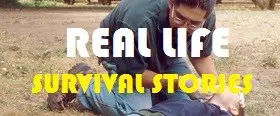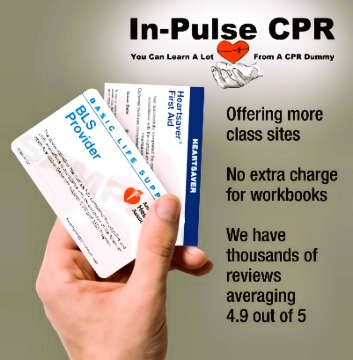Orlando First Aid Training Classes | Orlando AED Training Classes | 5 class locations to choose from in area
At In-Pulse CPR we take pride in our quality of teaching. We use the latest technology and state-of-the-art equipment to provide for an interactive, experiential learning environment. We make sure that each student leaves the classroom feeling confident in the skills they gained.
In-Pulse CPR offers public CPR classes in the Orlando area for healthcare (BLS) and non healthcare individuals (Heartsaver). We also offer private group classes.
Our Central Florida Orlando training has many convenient class dates and times including weekends and evenings. Please visit our classroom calendar for many other class locations.
Surrounding communities and organizations:
Centura Institute, Seminole State College, J & J Healthcare Institute, Remington College of Nursing, Gabriel Health Institute, Professional Academy-Health, Phlebotomy Learning Center, CNA Educators of Central Florida, Everest College, Keiser University, Gabriel Health Institute, Cambridge Institute Of Allied Health, Fortis College, Lincoln Technical Institute, Herzing University Orlando, Valencia Community College, Winter Park Memorial Hospital Cancer Institute, UCF College of Nursing
Florida Hospital-Altamonte, Winnie palmer hospital, Florida Hospital Celebration Health, South Seminole Hospital, MD Anderson Cancer Center, Central Florida Behavioral Hospital, Central Florida Regional Hospital, Winter Park Centra Care, Orlando VA Medical Center, Florida Hospital East Orlando, Arnold Palmer Hospital, South Lake Hospital-Clermont, Parrish Medical Center, Florida Hospital for Children Orlando, Florida Hospital Kissimmee, Buena Vista Urgent Care, Aloma Urgent Care, La Amistad Behaviourial Health Winter Park, Dr. Phillips Centra Care, Same Day SurgiCenter of Orlando, Winter Park Memorial Hospital,
If you have recently attended a CPR class with In-Pulse CPR we want to hear from you. Please post your comments below:





